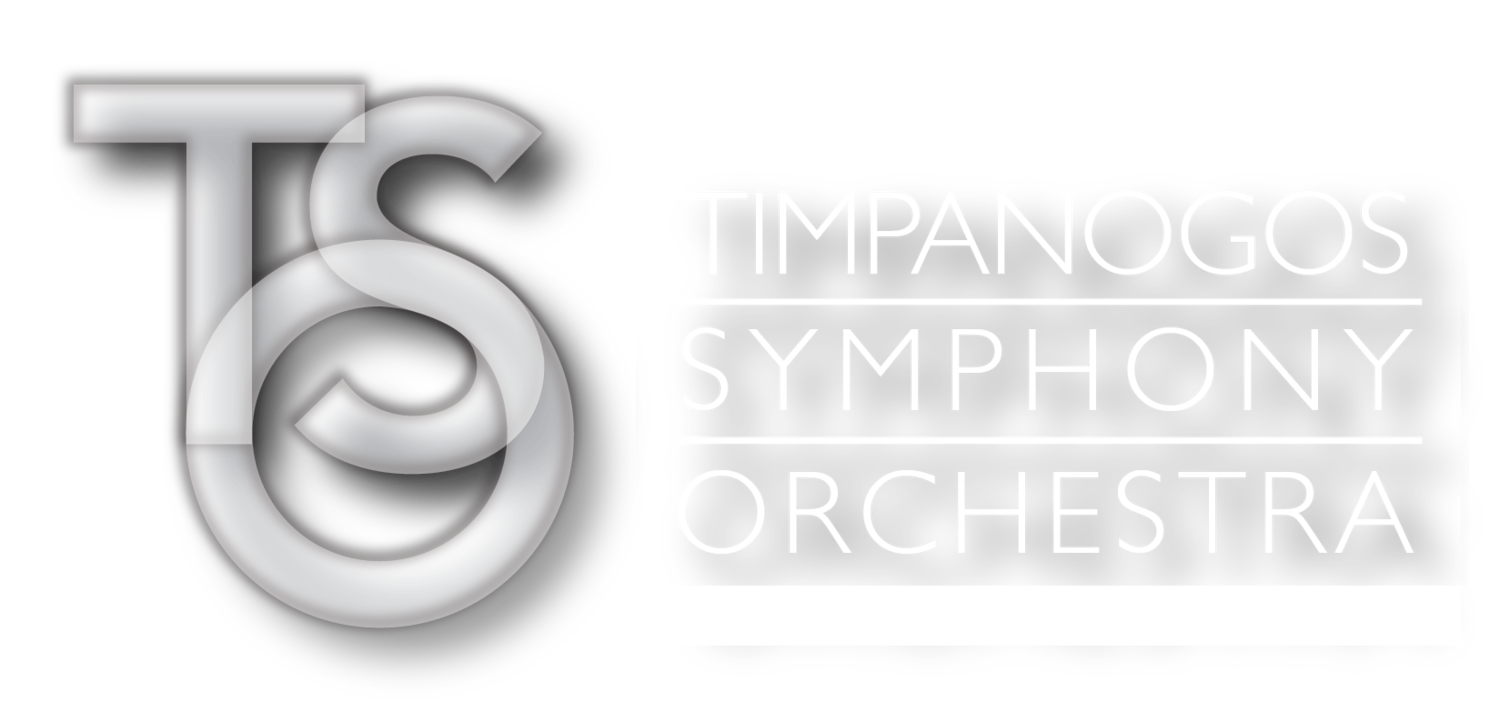A Host of Heavenly Horns
It’s concert week! Yay!
This is a special concert for several reasons. First of all, we’re performing Tchaikovsky’s 6th Symphony, the “Pathetique.” That’s enough of a headline for me. (Read more about the Tchaikovsky here.)
Yet, there’s more to be excited about. We’re also playing music by 2 master German composers, Robert Schumann and Johannes Brahms. The “Tragically Romantic” story of Schumann and Brahms is also enough of a headline for me personally, I’m fascinated by their story. (Read more about the love triangle between Schumann, his wife, and young Johannes here).
Quadruple Concerto? Is that really a thing?
Yet, there’s still more to be excited about! We often have guest soloists, but we’ve never had 4 guests soloists who all play the same piece together with the orchestra. That’s pretty rare. Actually, it’s VERY rare.
There are several “double” concertos in the standard repertoire (Bach, Mozart, Brahms, among a few others). There’s even a “triple” concerto by Beethoven, written for Piano Trio (violin, cello, and piano) and orchestra. There are some other “triple” concertos out there, but none as standard or famous as the Beethoven.
Have you ever heard of a “quadruple” concerto? It seems almost ridiculous. How can 4 soloists really work together and compete with an orchestra? It seems like a losing battle.
Leave it to a master composer like Robert Schumann to come up with a way to have 4 soloists work together.
The natural horn and set of crooks.
In the mid 1800s, the French Horn made a big leap in its evolution. It went from being a “diatonic” instrument to a “chromatic” instrument. “Diatonic” means that the horn could only play in 1 key at a time. But there are 24 different keys in music. This change made it possible for the horn to be a “chromatic” instrument and play in all of the possible keys.
Before this leap in evolution, to be able to play in a different key, the horn players had to use a whole set of crooks. These crooks were removable lengths of metal pipe that were slid out of a slot on the natural horn and replaced with another crook for the appropriate new key.
Modern French Horn
The new style of horn, the same basic instrument used today, had a series of fingered valves, kind of like keys, that can be pressed to help the horn move easily between all different keys. You can see in this image that there is a lot more “piping” on the modern instrument. That’s to make up for all the chromatic crooks. So what used to be a 1-way street of “diatonic” horn notes is now a multi-directional intersection of “chromatic” possibilities.
Robert Schumann was very excited by this evolution in the horn, one of the crucial groups of instruments in the orchestra. Not only could the horn now easily move in and out of different musical tonalities—which, from a composer’s perspective is awesome because you can write all sorts of cool harmonies without worrying about the players ability to make “chromatic” changes—but the French Horn now became a much more agile instrument.
It used to be common practice to give the horns very basic parts to play in an orchestra. Their music was kind of like punctuation in a sentence. It wasn’t the main subject, it didn’t have the action words or important nouns. The horns provided nice backdrop and often heavy exclamation points to the orchestral texture.
With the horn’s evolution, now composers had a new instrument to use as a melodic feature. And not just 1 horn, but often 4 of them. By Schumann’s time, it was common practice to have an entire section of French Horns in an orchestra which is usually 4 players. Each of the players has a particular role and register that they specialize in, kind of like a Barbershop Quartet.
To celebrate this special evolution in the French Horn’s existence, Robert Schumann decided to compose a concerto that would feature not just 1 horn player, but an entire section of horns. It was as if he was saying to other composers, “Hey, guys, check this out…not only can this new ‘chromatic’ horn do all sorts of new tricks, when you give a full horn section the new valve horn, the possibilities are endless!”
Speaking as a composer myself, that’s a pretty cool thing to suddenly add to your orchestra writing toolbox. And Schumann took advantage.
His piece, the “Konzertstück” for 4 Horns and Orchestra will be the closing number of the first half of our concerts this weekend.
Sego Lily Horn Quartet
Sego Lily Horn Quartet
We are lucky to have a fantastic professional Horn Quartet local to our area. They are called the Sego Lily Horn Quartet. Anita Miller, Dr. Laura Huggard, Sonja Reynolds, and Dr. Natalie Douglass each have impressive bios and high profile French Horn resumes. Between then they have performed with the best orchestras in the country, studied at the best conservatories, and taught far and wide at the highest level. To read more about each of them, please visit their website.
Friday and Saturday Night!
Join us this weekend for a fabulous concert, “Tragic Romantics.” There are so many good reasons to come. There’s the novelty of a Quadruple Concerto, Schumann’s “Konzertstück,” played by a host of heavenly horns, the Sego Lily Horn Quartet. There’s the drama between Brahms and Schumann as portrayed in Brahms’ “Tragic Overture.” And there’s wildly emotional, fantastically melodic, volcanically powerful, tragically dramatic 6th Symphony by Tchaikovsky, who died 6 days after its premiere possibly from self induced injuries.
You won’t want to miss this. Where else will you be able to experience such powerful drama in Utah Valley this weekend? You won’t regret it, I can promise you that!
I look forward to seeing soon at the Symphony!
Sincerely,
Dr. Douglas Pew
Associate Conductor
Timpanogos Symphony Orchestra
www.thetso.org
www.douglaspew.com




